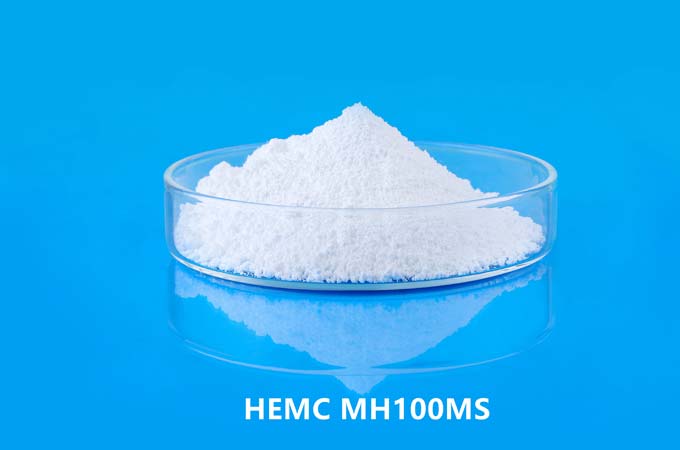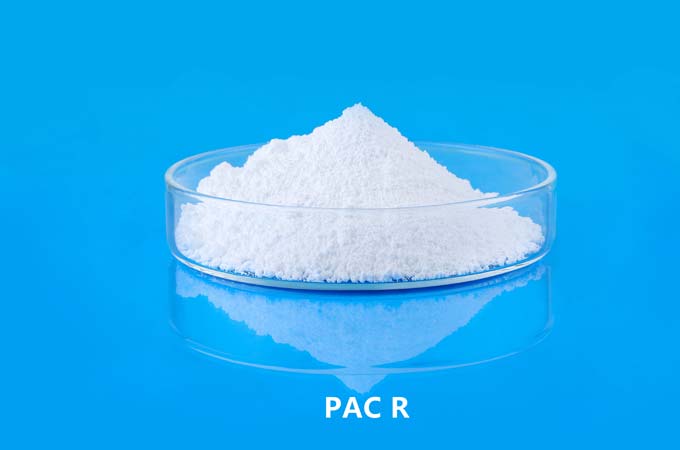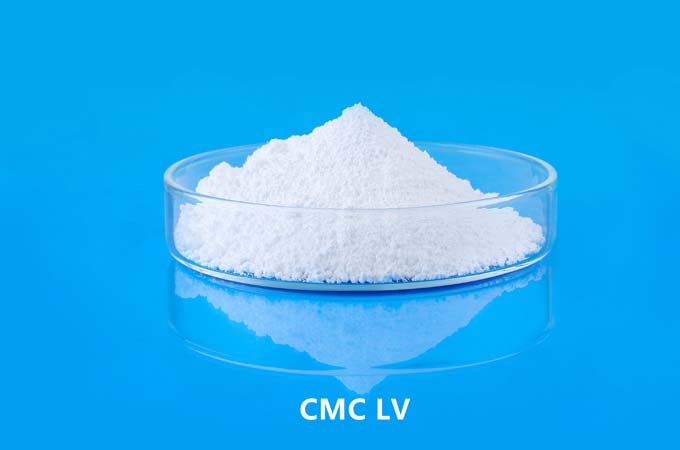Hydroxyethylcellulose (HEC) is a vital ingredient found in various cosmetic formulations, renowned for its multifunctional properties and versatile applications. This polysaccharide derivative is derived from cellulose, a natural polymer found in the cell walls of plants, making it a popular choice for cosmetics manufacturers aiming to produce products with natural or naturally-derived ingredients.
Characteristics:
Hydroxyethylcellulose is a non-ionic water-soluble polymer. Its structure consists of cellulose chains with hydroxyethyl groups attached, rendering it highly soluble in water. This solubility allows for easy incorporation into aqueous cosmetic formulations, including lotions, creams, gels, shampoos, and conditioners. Its molecular weight can vary, influencing its viscosity and thickening properties, which can range from low to high viscosity grades.
Functions:
Thickening Agent: One of the primary functions of hydroxyethylcellulose in cosmetics is its role as a thickening agent. It imparts viscosity to formulations, enhancing their texture and consistency. This attribute is particularly beneficial in creams, lotions, and gels, where it helps improve product spreadability and stability.
Stabilizer: Hydroxyethylcellulose contributes to the stabilization of emulsions, preventing the separation of oil and water phases in cosmetic formulations. By forming a film around dispersed droplets, it helps maintain the uniformity and homogeneity of emulsions.
Film Former: In addition to its thickening and stabilizing properties, hydroxyethylcellulose can form a thin film on the skin or hair surface upon application. This film acts as a protective barrier, helping to retain moisture and enhance hydration, making it beneficial in moisturizers, serums, and hair care products.
Suspending Agent: Hydroxyethylcellulose is capable of suspending insoluble particles within a formulation, preventing their settling at the bottom of the container. This function is essential in products containing exfoliating particles, pigments, or other solid additives, ensuring their even distribution.
Rheology Modifier: By altering the flow properties of cosmetic formulations, hydroxyethylcellulose serves as a rheology modifier. It can impart pseudoplastic or thixotropic behavior, allowing products to flow easily during application while exhibiting increased viscosity under shear stress, enhancing product stability.
Applications:
Hydroxyethylcellulose finds widespread application across various cosmetic products, including but not limited to:
Skin Care: Moisturizers, facial cleansers, masks, and serums.
Hair Care: Shampoos, conditioners, styling gels, and hair masks.
Personal Care: Shower gels, body lotions, intimate washes, and shaving creams.
Cosmetic Formulations: Foundations, concealers, BB creams, and tinted moisturizers.
Oral Care: Toothpaste and mouthwash formulations.
Benefits:
Texture Enhancement: Hydroxyethylcellulose improves the sensory experience of cosmetic products by imparting desirable texture and consistency.
Stability: It enhances the stability of formulations, preventing phase separation, syneresis, or sedimentation.
Moisture Retention: The film-forming properties of hydroxyethylcellulose help retain moisture on the skin and hair, promoting hydration.
Versatility: Its compatibility with a wide range of cosmetic ingredients makes it suitable for various formulations, offering versatility to formulators.
Safety: Hydroxyethylcellulose is generally regarded as safe for topical use in cosmetics and is well-tolerated by most individuals, making it suitable for sensitive skin types.
Considerations:
While hydroxyethylcellulose is considered safe for use in cosmetics, some considerations should be taken into account:
Potential Sensitivities: Although rare, some individuals may experience sensitivities or allergic reactions to hydroxyethylcellulose. Patch testing is recommended, especially for individuals with sensitive skin.
Compatibility: While compatible with most cosmetic ingredients, compatibility testing should be conducted when formulating complex formulations or when combining with certain actives or preservatives.
Regulatory Compliance: Cosmetic manufacturers should ensure compliance with regulatory requirements and usage guidelines specified for hydroxyethylcellulose in various regions.
Hydroxyethylcellulose is a versatile and indispensable ingredient in cosmetic formulations, offering a myriad of benefits ranging from texture enhancement to stability improvement. Its multifunctional properties make it a valuable tool for formulators seeking to develop high-quality, effective, and aesthetically pleasing cosmetic products. As consumer demand for natural and sustainable ingredients continues to rise, the popularity and significance of hydroxyethylcellulose in cosmetics are expected to endure and flourish in the years to come.
 English
English 日本語
日本語 français
français Deutsch
Deutsch Español
Español italiano
italiano русский
русский português
português العربية
العربية Türkçe
Türkçe Nederland
Nederland



